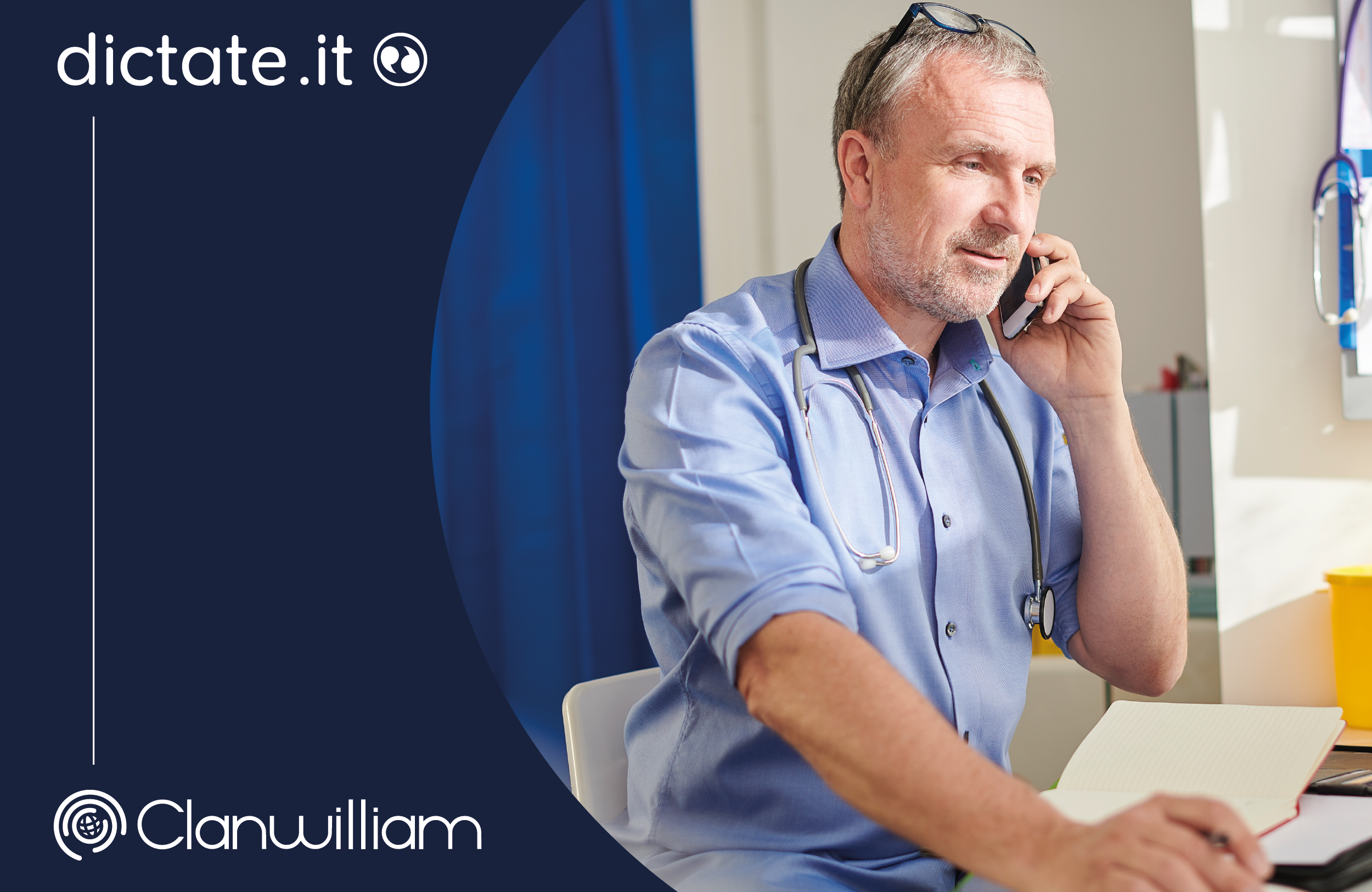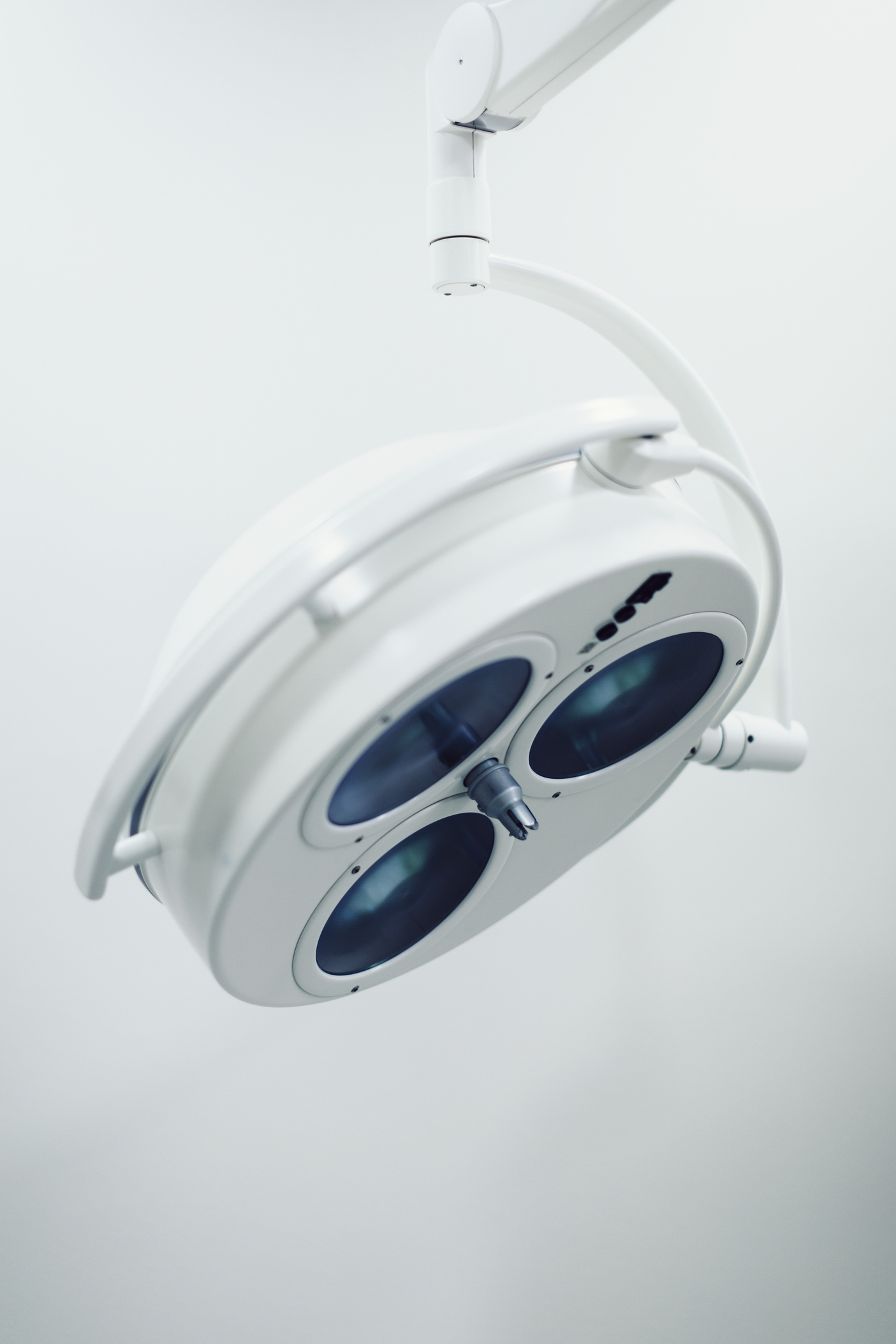
Kylie Sauer,
Director of My Aged Care Online Services and Information Section at the Department of Health and Aged Care
In this interview, we delve into the impact of e-Referrals on My Aged Care, the entry point into Australia’s aged care system. Before the implementation of e-Referrals, GPs faced numerous challenges when referring patients to My Aged Care, including manual data entry, fax forms, and time-consuming processes. Recognising the need for a streamlined solution, the My Aged Care team sought an efficient and secure system that would integrate seamlessly with existing Practice Management Software. Partnering with HealthLink and introducing e-Referrals, GPs can now easily refer patients for an aged care assessment of their needs, saving time, reducing errors, and ensuring the secure transmission of information. We had the privilege of speaking with Kylie Sauer, the Director of My Aged Care Online Services and Information Section at the Department of Health and Aged Care to gain insights into the benefits of e-Referrals, the feedback received from GPs, and the successful collaboration with HealthLink.
Can you tell us about the challenge the My Aged Care team faced before e-Referrals were developed?
Before the e-Referral solution was implemented, we heard from GPs that the current options for referring their patients to My Aged Care wasn’t as streamlined as it could be as it required much more manual data entry either via the fax or digital form or calling the contact centre with the patient present to undertake the registration and screening process.
These all presented barriers as to why GPs weren’t referring more patients to My Aged Care for an assessment of their care needs.
The feedback we received is GPs wanted a solution which was interoperable with their existing Practice Management Software, would pre-populate as much information as possible and could be easily saved to the patient’s record.
What impact have e-Referrals had on how My Aged Care assessments are processed?
The e-Referrals solution enables GPs to send a referral directly to My Aged Care on behalf of their patient for an aged care assessment which, as long as all the information has been provided in the referral, can be sent straight to an assessment organisation.
The key benefit is that as the majority of information is pre-populated, this means that there are less likely to be errors or the need for the contact centre staff to process fax forms, which often require the need to follow-up with the GP or the patient to clarify the information in the form. e-Referrals means there is a fast, easy and secure way for GPs to refer their patients for an aged care assessment of their care needs and determine their eligibility for services.
How do you think My Aged Care e-Referrals benefit GPs?
The main benefit to GPs is the time saved due to e-Referrals pre-populating the form with the patient’s information, this also reduces the possibility of errors when manually entering patient information. The form is also accessed directly from the GPs Practice Management Software, meaning there is no need to switch between systems and also means that a copy of the referral is saved to the patient’s file. e-Referrals also provides the assurance that the information is being sent securely.
What feedback have you received from GPs regarding the move to e-Referrals?
GPs that are using e-Referrals have advised that the form is quick and easy to use, that it is intuitive as it pre-populates available information and saves them precious time which can be better spent with their patients.
What are the general benefits of the e-Referral form?
The benefits of the e-Referral form are:
- Fast, easy and intuitive form for GPs to complete;
- Interoperability with their existing PMS, meaning pre-population of patient information and the ability to save the referral instantly to the patient’s file;
- A secure means to send patient personal and medical information; and
- Reduces the possibility of errors from manually entering data or processing written fax information.
What key characteristics were you looking for when searching for a service provider?
We were looking for a provider that understood the market and the needs of GPs in the digital referral space with an existing network which could be leveraged for implementing the solution, but also raising awareness and usage.
A trusted provider with a proven ability to design, develop and deliver similar solutions which provide a secure means for GPs to refer their patients for services. Also, a provider that we could partner with for the ongoing operations and maintenance of the form, as well as facilitate communications and engagement opportunities to increase awareness and usage.
How have you found working with the HealthLink team to implement the My Aged Care e-Referral SmartForm solution?
HealthLink are easy to work with, they are responsive, open and flexible to our requirements and willing to work collaboratively to achieve the best outcome.
They are always looking for new ways to promote and raise awareness of the e-Referral solution to ensure the benefits of the project are being realised.
What are some of the positive results / outcomes/ changes you’ve achieved since starting your work with HealthLink?
The main outcome since partnering with HealthLink is the increase in referrals to My Aged Care from GPs on behalf of their patients which is ultimately what we set out to achieve.
This has been the result of a) designing, developing and delivering an intuitive digital form that provides a fast, easy and secure means for GPs to refer their patients and b) ongoing work to identify opportunities to raise awareness and usage of the solution, including regularly seeking feedback from GPs on their experience using the form along with seeking to understand any barriers to usage and how these could be addressed.









